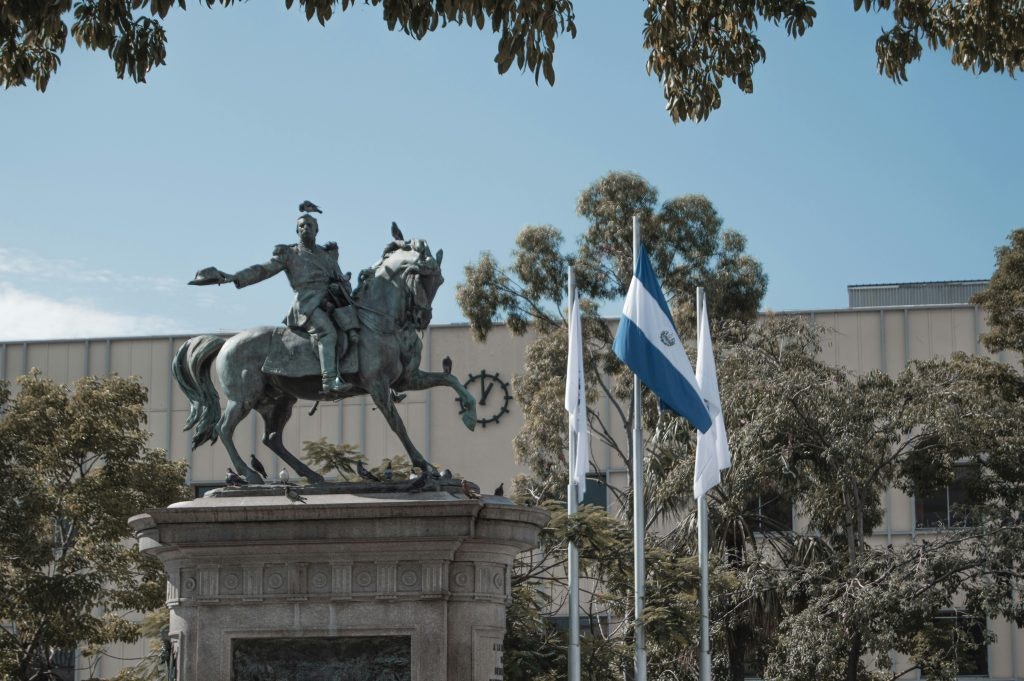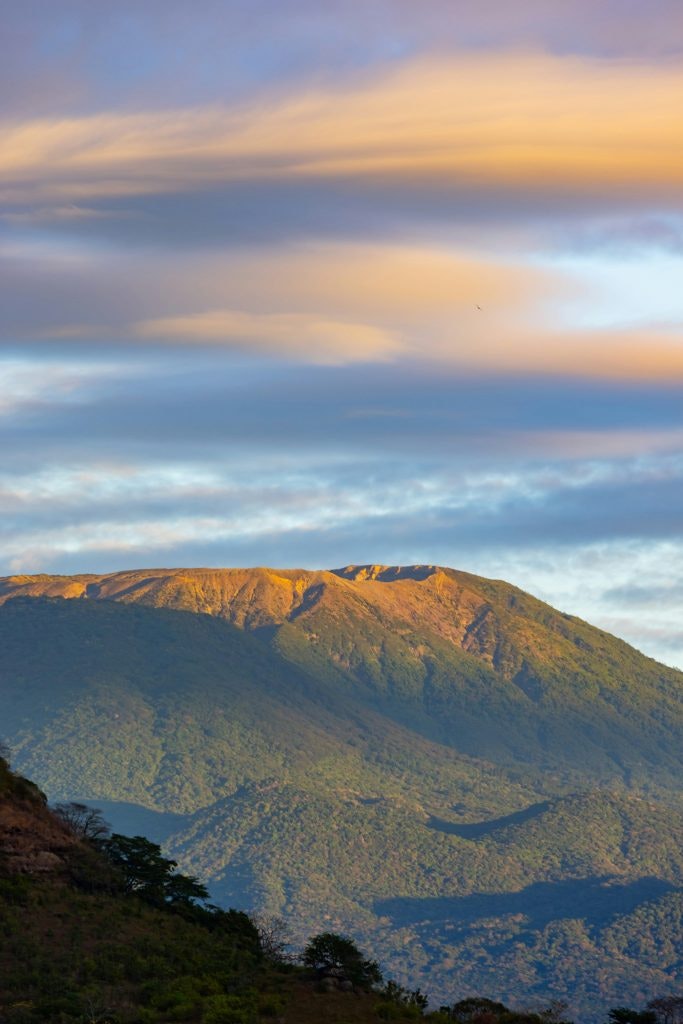







As a kid, I loved the Indiana Jones movies. In college, exploring El Salvador and other Central American countries helped ignite my lifelong passion for learning more about Mayan history. Climbing the ceremonial pyramid at Tazumal makes you feel like you are stepping back into the past.
El Salvador is the smallest and most densely populated country in Central America. Here are some key facts about El Salvador:
| Key Facts About El Salvador | Details |
| Population | 6,360,890 |
| Official Languages | Spanish |
| Currencies | United States Dollar, Bitcoin |
| Capital | San Salvador |
| Crime Rate | 1.9 per 100,000 people in 2024 (a 98% decrease in nine years) |
| National Bird | The Torogoz (also known as the Motmot) |
We gathered 10 interesting facts about El Salvador highlighting the rich indigenous and Spanish influences.
El Salvador uses Bitcoin as an official currency since 2021. El Salvador’s other official currency is the US dollar. You should bring dollars when you visit El Salvador. El Salvadoran people aren’t big on Bitcoin in practice and El Salvador’s economy runs on greenbacks. As of 2022, only 14% of merchants in El Salvador had processed a Bitcoin transaction.
El Salvador was named by Pedro de Alvarado, a Spanish conquistador. He led the campaign to defeat the Pipil people who inhabited the area. Alvarado was part of several conquests in Latin America in the 16th century. He was famous for excessive brutality. Even contemporaries at the time thought he was a despot. He was crushed by a horse during a battle in 1541.

Sun shines on San Salvador’s historic streets as locals stroll by.
San Salvador is the capital city of El Salvador. San Salvador was founded by Pedro de Alvarado’s brother, Gonzalo, in 1526. Before it was named San Salvadore, the area was Cuzcatlan, the capital city of the Pipil who the Spanish conquered in El Salvador leaving Spanish as the official language. San Salvador has a population of 2.4 million people and is the largest city in El Salvador.
El Salvador is the smallest country in Central America with a land area of about 8,000 square miles. Even tiny Belize is bigger than El Salvador. It is also the most densely populated country in Central America. Here are land areas of other Central American countries for comparison:
The blue-white-blue banded flag of El Salvador is a similar design to the flag originally used to represent the independent Central American Republic when it formed in 1823. The flag has changed designs, but the Republica de El Salvador has used the current design (with minor modifications) since 1912.

Plaza Gerardo Barrios in San Salvador showcases a proud statue and fluttering national flag.
This decision was made after the civil war that lasted from 1980-1992 ended in a peace agreement. El Salvador focuses on maintaining internal security through a national police force.

Sunlit Volcán de Santa Ana rises among the mountains.
El Salvador earns its nickname as the “Land of Volcanoes” with around 20 volcanoes. Two of the most famous are San Miguel Volcano and Santa Ana Volcano. San Miguel has been more active since 2023 and authorities ask people to observe a 2-mile radius away from it to be cautious.
El Salvador is the only Central American country without a Caribbean coastline. Western El Salvador meets the Pacific Ocean and offers a popular global surf destination. When you surf in El Salvador, you can check out these two main areas:
El Salvador’s national dish is pupusa, a delicious pocket of corn flour filled with refried beans, pork, and cheese. Salvadorans celebrate National Pupusa Day on the second Sunday of November. My favorite pupusas are made with refried beans. Eat one hot off the pan and you will know heaven.
In El Salvador, the most common form of bus is the “bus urbano” or “bus.” These are typically small to medium-sized buses or microbuses that operate within cities and towns, providing public transportation for commuters. The San Salvador population bops about in the city in this mode of privitized transport. When you need to go further, there are also larger “coaster buses” or “buses interurbanos” that connect cities and towns.
| National Park | Description |
|---|---|
| El Imposible National Park | Located in the Ahuachapán department, known for its diverse ecosystems including cloud forests and home to the endangered quetzal bird. |
| Montecristo Cloud Forest | Shared with Honduras and Guatemala, this park features rich biodiversity and cloud forests, providing habitats for various endangered species. |
| El Boquerón National Park | Near San Salvador, this park includes the famous crater of the San Salvador Volcano, offering hiking trails and panoramic views of the city and surrounding areas. |
| Cerro Verde National Park | This park encompasses three volcanoes: Izalco, Santa Ana, and Cerro Verde. It’s known for its volcanic landscapes and hiking opportunities. |
| El Jocotal Lagoon | A Ramsar Wetland of International Importance, known for its importance as a habitat for migratory birds and endemic species of fish. |
| San Diego National Park | Situated in La Libertad department, this park is known for its archaeological sites, including pre-Columbian ruins and petroglyphs. |
💡 Want more trivia?
Browse all Fun Facts articles.